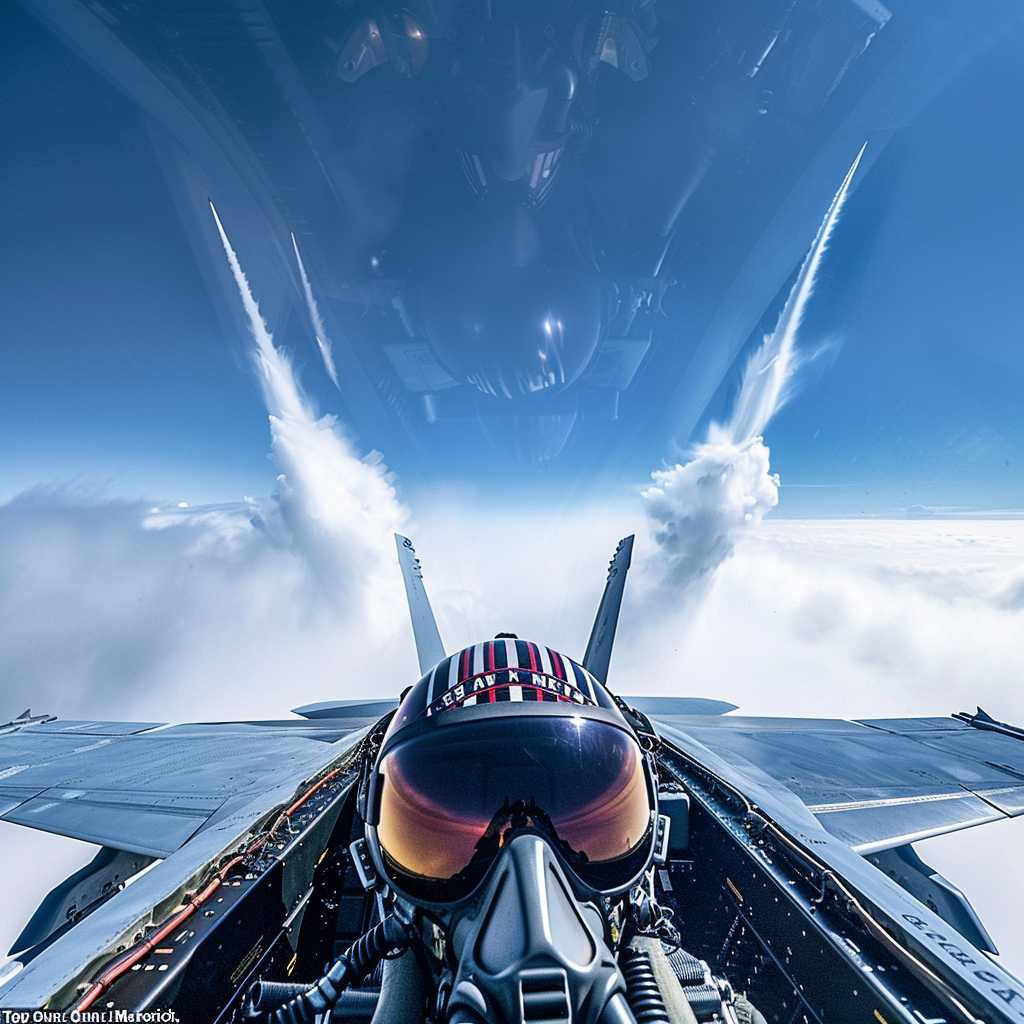The Highs of High-Flying Action: A Deep Dive into “Top Gun: Maverick”
Since its release, “Top Gun: Maverick” has captured the public’s imagination and soared to new heights as a box office success. As a sequel to the iconic 1986 film “Top Gun,” this movie revives the glory of daring aerial feats and the complexity of personal growth and redemption. In this article, we’ll explore the aspects of “Top Gun: Maverick” that have caused both audiences and critics to laud its achievements.
Plot Synopsis: The Return to the Danger Zone
“Top Gun: Maverick” showcases Captain Pete “Maverick” Mitchell (played by Tom Cruise) serving as a test pilot. Decades after the events of the first movie, Maverick is called back to the Top Gun Naval Fighter Weapons School to train a group of graduates for an impossible mission. Among these pilots is Bradley “Rooster” Bradshaw (played by Miles Teller), the son of Maverick’s late best friend, Nick “Goose” Bradshaw.
Behind the Scenes: Realistic Aerial Choreography and Filming Techniques
A major talking point for “Top Gun: Maverick” is the use of practical effects and real flight sequences. Helmed by director Joseph Kosinski, the film employs innovative camera setups inside actual F-18 jets, capturing the actors’ authentic reactions while flying. The production’s commitment to realism extends not only to its death-defying aerial sequences but also immerses audiences into the high-speed thrills of naval aviation.
Cast Performances: Veterans and New Faces
Alongside Tom Cruise, the film features a multitude of talented actors including the return of Val Kilmer as Admiral Tom “Iceman” Kazansky. Newcomers like Miles Teller, Monica Barbaro, and Jay Ellis add fresh dynamics to the call-sign roster. Their performances complemented by grounding their characters in vulnerability amid bravado, shedding light on both inter- and intra-personal challenges faced by military personnel.
Music Score and Sound Design: Echoing An Era Yet Fresh
Hans Zimmer’s composing genius brings heart-pounding scores that pinpoint adrenaline rushes, echoing Harold Faltermeyer’s original 1986 soundtrack while ingeniously shaping it with new-age sensibilities.
Community and Fan Reception: Nostalgia Meets Innovation
Fan communities have raved about how “Top Gun: Maverick” handles nostalgia with care – honouring picturesque throwback moments filled with motorcycle rides and volleyball games while refraining from relying solely on past glories. This balance offers a satisfying continuum for those familiar with the franchise and plenty of excitement for newcomers.
Cultural Impact and Box Office Performance
The film’s cultural impact echoes its predecessor’s influence on Navy recruitment and aviation dreaming, sparking fresh interest across different generations. Its impressive earnings at the box office since its release remain a testament to its wide-reaching appeal.
Critical Analysis: Narrative and Direction
Critically, “Top Gun: Maverick” has earned praise for its direction, editing, and aerial cinematography. The narrative’s handling – balancing character arcs and exploding extravaganza – garners recognition for charting emotional undercurrents adeptly without sacrificing exhilarating action.
Awards and Honors
Recognitions from numerous cinematic institutions emphasize “Top Gun: Maverick’s” achievements in visuals, sound, action direction, and more—they collectively spell out an auditory and visual spectacle rarely matched in contemporary cinema.
Themes Explored in “Top Gun: Maverick”
Central themes range from confronting legacies, dealing with loss, challenging ageism in careers, and evolving professional tactics in combat scenarios. It brings forth conversations about tradition vs innovation within military practices.
Notes
Conclusion In summary, “Top Gun: Maverick” accelerates beyond mere entertainment into a phenomenon coupling talents, dedication to craft, generational narratives, and pure kinetic artistry within its stratosphere ascent—a cinematic tour de force that reenergizes military fiction filmmaking standards for new generations.
*Image description: A thrilling mid-air shot showing two F-18 jets from “Top Gun: Maverick,” soaring in tight formation against a clear blue sky with Tom Cruise’s character visible in the cockpit – embodying classical aviation drama meshed with contemporary filmmaking sophistication.*
